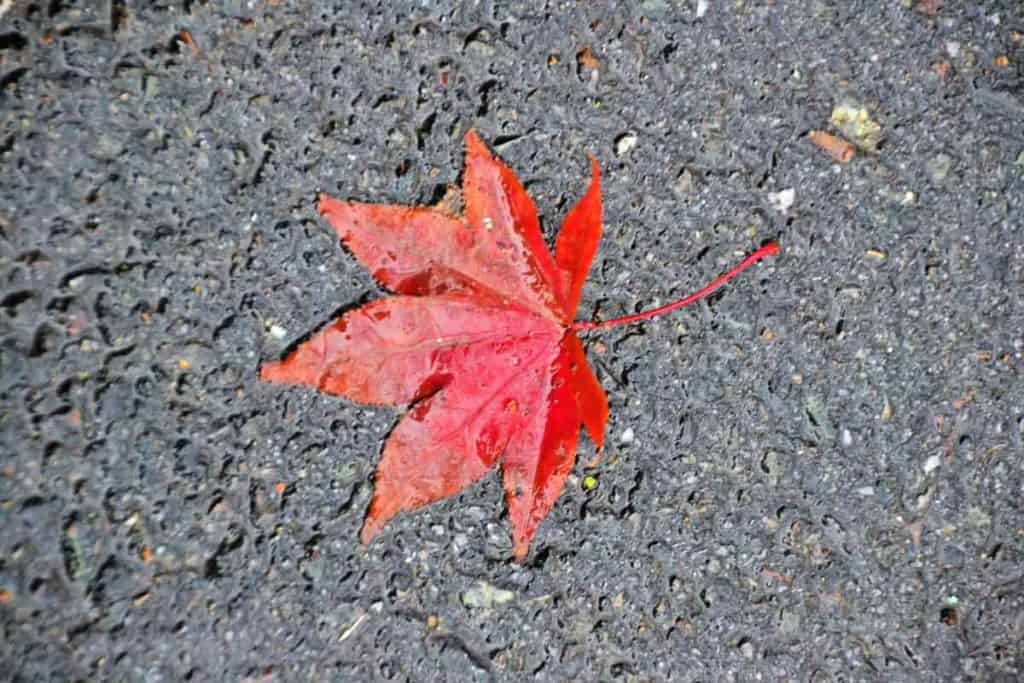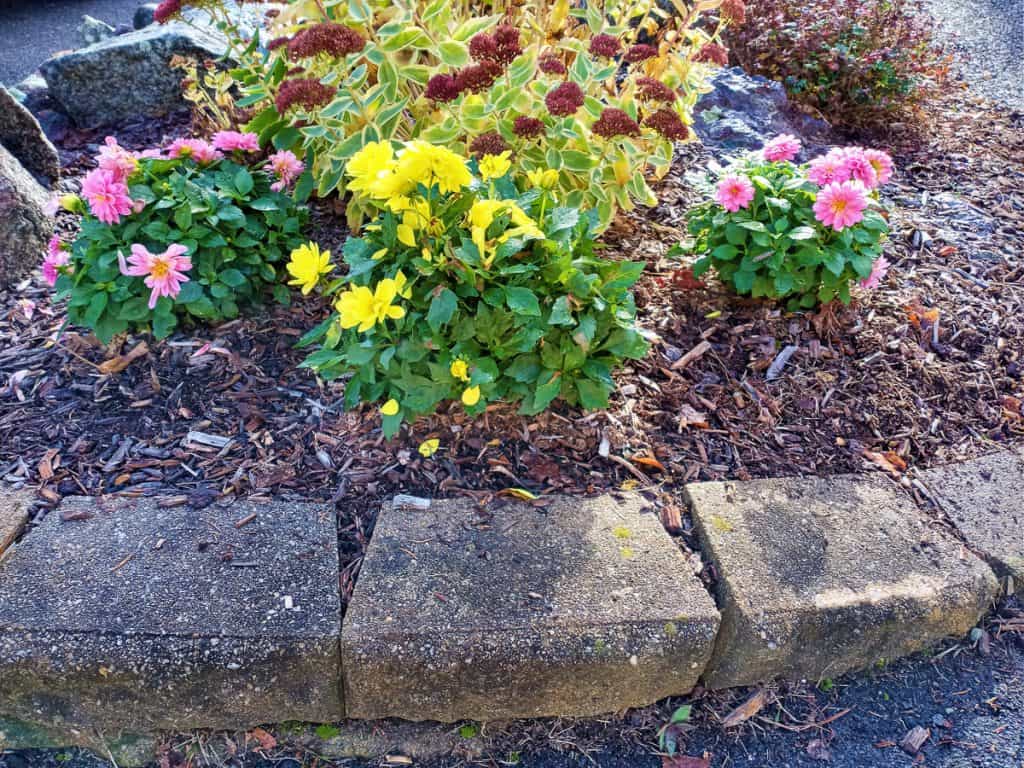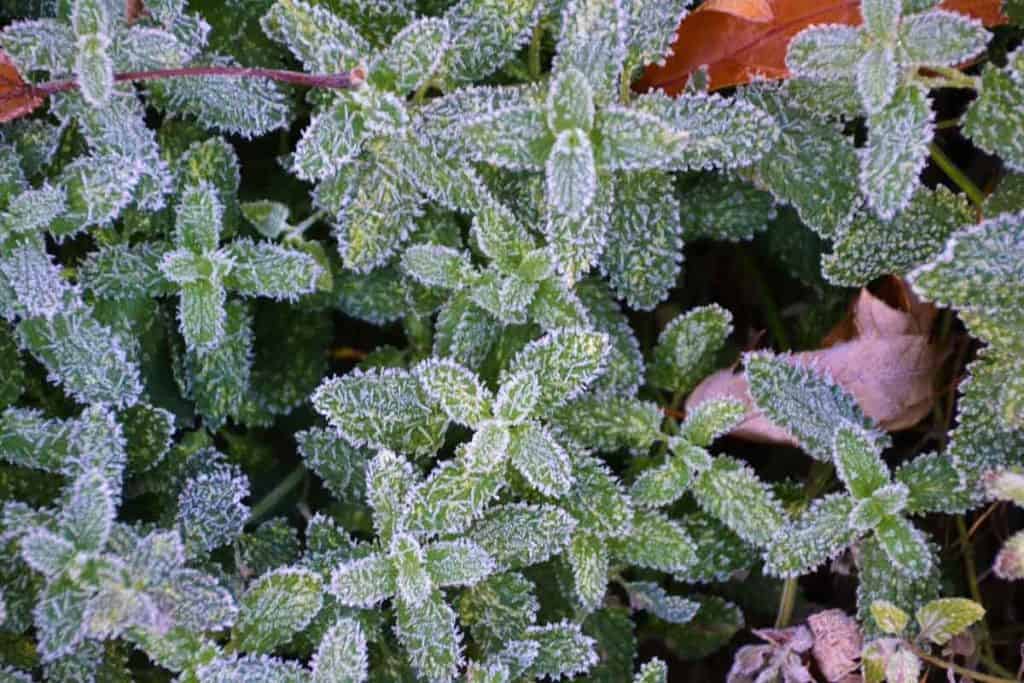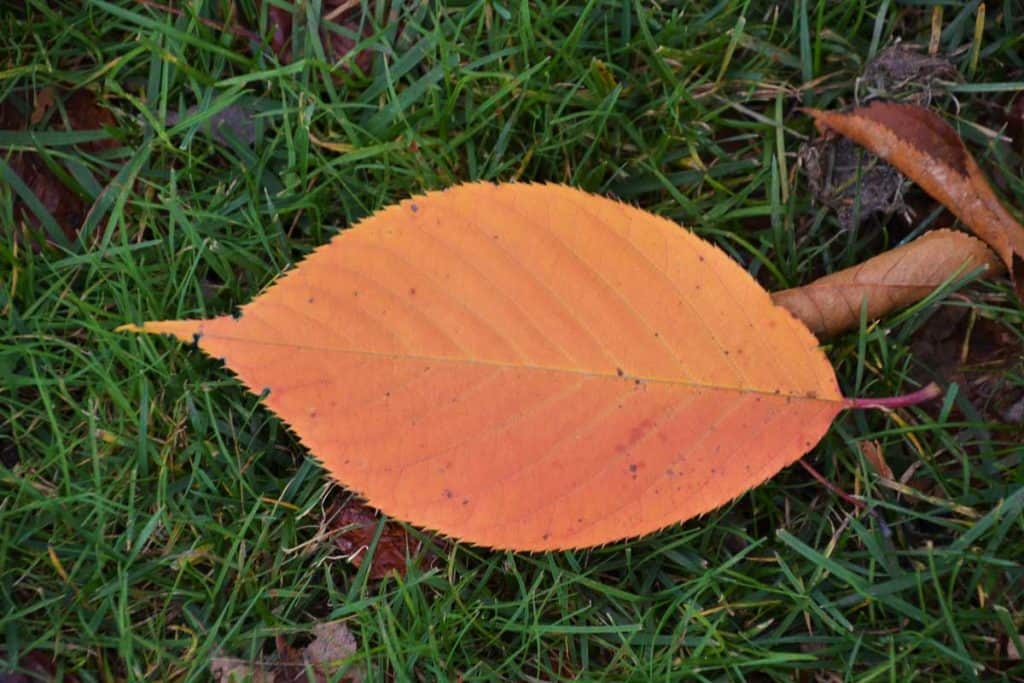Here’s what’s blooming in town this week to make your walks more enjoyable
Many gardens in Saugus have Japanese maples (Acer palmatum), and some have a collection of several varieties. Depending on variety, they may have green leaves, dark red leaves or even green leaves which have white areas (variegated foliage) through the growing season, but in the fall the color can become fire engine red, orange, yellow or shades of all three on the same tree. Here in Saugus, they turn in late October and early November, often when the leaves of sugar maples and red maples have already fallen. In the last few years, we have had abrupt changes in temperature that have kept these trees from showing their best fall colors, and the leaves fell without much significant color change. Experts on Japanese maple maintenance recommend reducing the amount of water the trees get in the fall to encourage color change before the temperatures drop below freezing, but in our climate, nature often has different ideas. As I look out my windows, I can see one neighbor’s Japanese maple that has lost almost all its leaves after turning a bright red, while another neighbor’s trees still have most of their foliage and it is the same color it was all summer. At the Egan memorial on the corner of Howard and Main Streets in Saugus, the large green Japanese maple in the traffic island turned brilliant red. Another very striking one near the south side of the Civil War monument in Saugus Center turned a multitude of colors, from red through orange and yellow, before the weekend’s wind and rain took most of the leaves from the branches.
Japanese maples are extremely variable species, and nurseries in Japan and elsewhere have worked to develop new ones for centuries. Leaf color and shape can be very different, and the height and growth habit can also vary widely. Momijigari in Japanese literally means maple leaf
hunting and correlates to our leaf peeping. People take trips to enjoy the leaves, and some areas are famous for especially colorful displays. In some ways it is autumn’s answer to spring’s cherry blossom viewing.
Every few weeks I encounter a flock of turkeys (Meleagris gallopavo) who are roaming the gardens looking for food. One day they were foraging on the grounds of the Oaklandvale School, another day napping on a fence near Saugus Center. There may be several flocks in town, but I rarely encounter them in the same spot twice. While they are most often seen walking, they can fly when they feel like it, and often go up into trees or other high places to sleep or escape predators. In the fall, there are seeds and grains in many gardens as well as small fruits which they may gather from the ground.
Up until this weekend, we got to enjoy some flowers we had been denied all summer due to drought. In addition to mums and roses, which are still blooming despite the cold, there were late blooming annuals and tender bulbs in a few gardens. Dee LeMay planted some small dahlias last spring. “All summer they looked awful, small, no flowers. I almost pulled them up. Since September, they have done great. They’ve been blooming and have gotten bigger. Must have been the heat & drought all summer. I’ll enjoy them until the frost comes.”
To save dahlias for another year, they need to be brought in from the cold and kept in a not-too-humid location where they will not freeze. If the bulbs are too moist, they will become moldy, so they should not be stored in a plastic bag or container. Paper bags or an open bowl with sawdust can be good ways to store tender bulbs until the following spring.
Editor’s Note: Laura Eisener is a landscape design consultant who helps homeowners with landscape design, plant selection and placement of trees and shrubs, as well as perennials. She is a member of the Saugus Garden Club and offered to write a series of articles about “what’s blooming in town” shortly after the outbreak of the COVID-19 pandemic. She was inspired after seeing so many people taking up walking.






